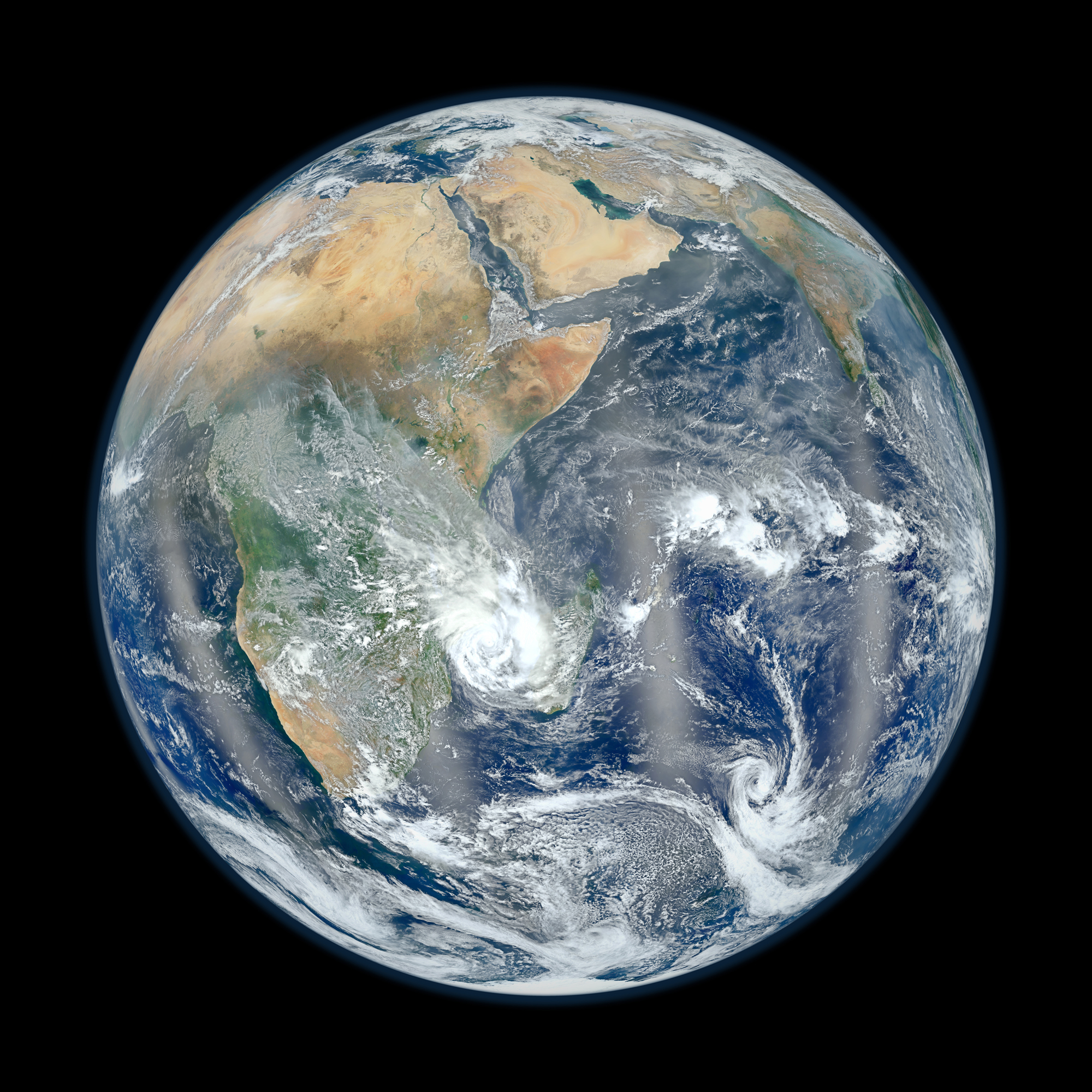Global Carbon Emissions Reach New Record High

Concentrations of carbon dioxide will surge to a new high in the atmosphere in 2014, scientists announced today in advance of the U.N. Climate Summit in New York City.
Global carbon dioxide emissions are projected to soar to 44 billion tons (40 billion metric tons) this year, a 2.5 percent increase from 2013 levels, according to joint studies published today (Sept. 21) in the journals Nature Climate Change and Nature Geoscience. The new estimates come from the Global Carbon Project, an international effort to track the global carbon cycle, from sky to sea.
This week, leaders of 125 countries will meet in New York for the U.N. Climate Summit, which is intended to jump-start a global pact to cut greenhouse gases and slow down climate change. [6 Unexpected Effects of Climate Change]
The study authors warn that the world has 30 years to reverse the ominous trend before global warming surpasses the 3.6 degrees Fahrenheit (2 degrees Celsius) target set at a 2009 climate summit in Copenhagen.
"Globally, emissions would need sustained and unprecedented reductions of around 7 percent [each] year for a likely chance to stay within the quota," study co-author Glen Peters, of the Center for International Climate and Environmental Research in Oslo, Norway, said in a statement. "If carbon capture and storage technologies are not realized, it may not be possible to keep the temperature increase below 2 degrees Celsius."
About 75 percent of carbon dioxide emissions come from burning fossil fuels such as oil and gas, and from making cement, the study reports. In the atmosphere, carbon dioxide absorbs heat and raises temperatures on Earth. Because the gas lingers in the atmosphere for decades, even immediate and drastic cuts won't lower its levels for decades.
The biggest carbon dioxide offenders are China, India, the United States and the European Union. Data shows China's per capita emissions now outstrip Europe's for the first time. However, the United States still has the highest per capita consumption. Each person in the United States has a carbon footprint of 18 tons (16.4 metric tons) per year, more than twice that of a person in China and eight times that of someone in India.
Get the world’s most fascinating discoveries delivered straight to your inbox.
"If this were a bank statement, it would say our credit is running out," Dave Reay, a climate scientist at the University of Edinburgh in Scotland who was not involved in the study, said in a statement. "[A]voiding dangerous climate change now requires some very difficult choices. Not least of these is how a shrinking global carbon allowance can be shared equitably between more than 7 billion people and where the differences between rich and poor are so immense."
Here are the emission counts for 2013:
India's emissions jumped by 5.1 percent, the biggest expansion of any country, thanks to that nation's rapid economic growth. But India's total emissions make up just 6.5 percent of the global total.
China's emissions increased by 4.2 percent, a somewhat smaller increase compared to previous years. China now accounts for 28 percent of global emissions, more than the United States and Europe combined.
The United States' emissions rose by 2.9 percent, due to a rebound in coal consumption. U.S. emissions had declined by 3.7 percent in 2012. The country's contribution last year made up 14 percent of global emissions.
The European Union's emissions fell by 1.8 percent, due to a weak economy in some member countries. Europe emitted 10 percent of global carbon dioxide.
Email Becky Oskin or follow her @beckyoskin. Follow us @livescience, Facebook & Google+. Original article on Live Science.



